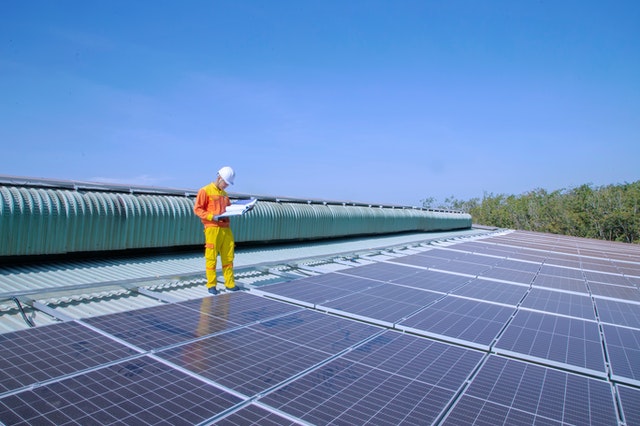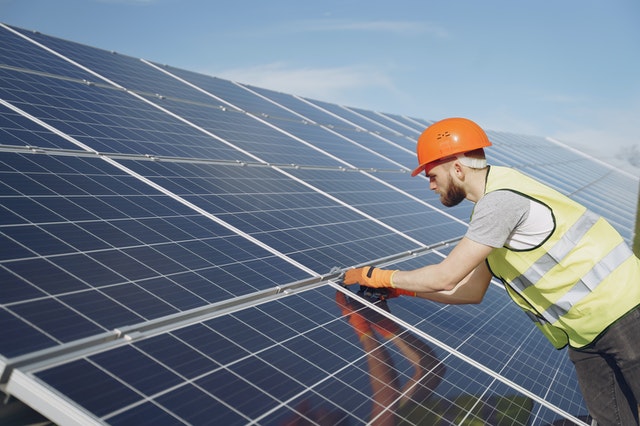Home solar installations on Maui are available as various options. Once you’re ready to go green, you’ll have to choose the most suitable one for your home or business. Solar panels are usually classified as either first, second, or third-generation panels or as single-junction or multi-junction panels.
When home solar installations on Maui are described as single or multi-junctions, it means they are referring to the number of layers on each panel that is visible to sunlight. Nonetheless, when solar panels are rated by generations, they are referring to differences in materials and efficiency.
3 Types of home solar installation on Maui
Here are the three major types of home solar installation on Maui:
First-generation solar panel
First-generation solar panels are produced using monocrystalline silicon or polysilicon. These solar panels are most suitable for normal surroundings.
Monocrystalline solar panels
Monocrystalline solar panels are rated as the purest for home solar installation on Maui. These solar panels are easier to identify. They have a dark uniform appearance and round edges. Due to the highest quality of its silicon materials, monocrystalline is known for delivering the highest efficiency rates.

Well known for their high-power production, monocrystalline are durable and require less installation space compared to other solar panels. Even more, monocrystalline is less likely to be impacted by high temperatures compared to other solar panels. Monocrystalline solar panels are also the most expensive in the market.
Polycrystalline solar panels
Polycrystalline solar panels have a unique square appearance. Another key thing to note about the appearance of these panels is that their angles aren’t cut and they are designed with a blue speckled appearance.
These panels are produced by melting raw silicon and the entire production is often less expensive and faster compared to monocrystalline solar panels. As a result, polycrystalline solar panels on Maui are cheaper compared to monocrystalline.
However, all other features of polycrystalline are lower too including their power output, efficiency rate, and durability. Polycrystalline are also more likely to be affected by hot temperature too.
Second-generation solar panels
Thin-film solar panels are rated as second-generation solar panels. These solar panels are mostly used for photovoltaic power stations. They are mostly installed in buildings or solar systems.
Thin-film solar cells
If you’d prefer less expensive solar panels, thin-film solar panels should be your best bet. Thin-film solar panels are manufactured by placing one or more films made of PV materials such as cadmium, copper, and silicon onto a substrate.
Thin-film solar panels are less difficult to manufacture and they are less expective compared to other options in the market which require a more complex manufacturing process.
More so, thin-film solar panels are flexible, meaning they can be used for several different things. Nonetheless, thin-film solar panels require more space making them less suitable for residential use. More so, these solar panels carry the least warranty compared to other options in the market.
Just before you opt for any choice for home solar installation on Maui, weigh your options carefully.

